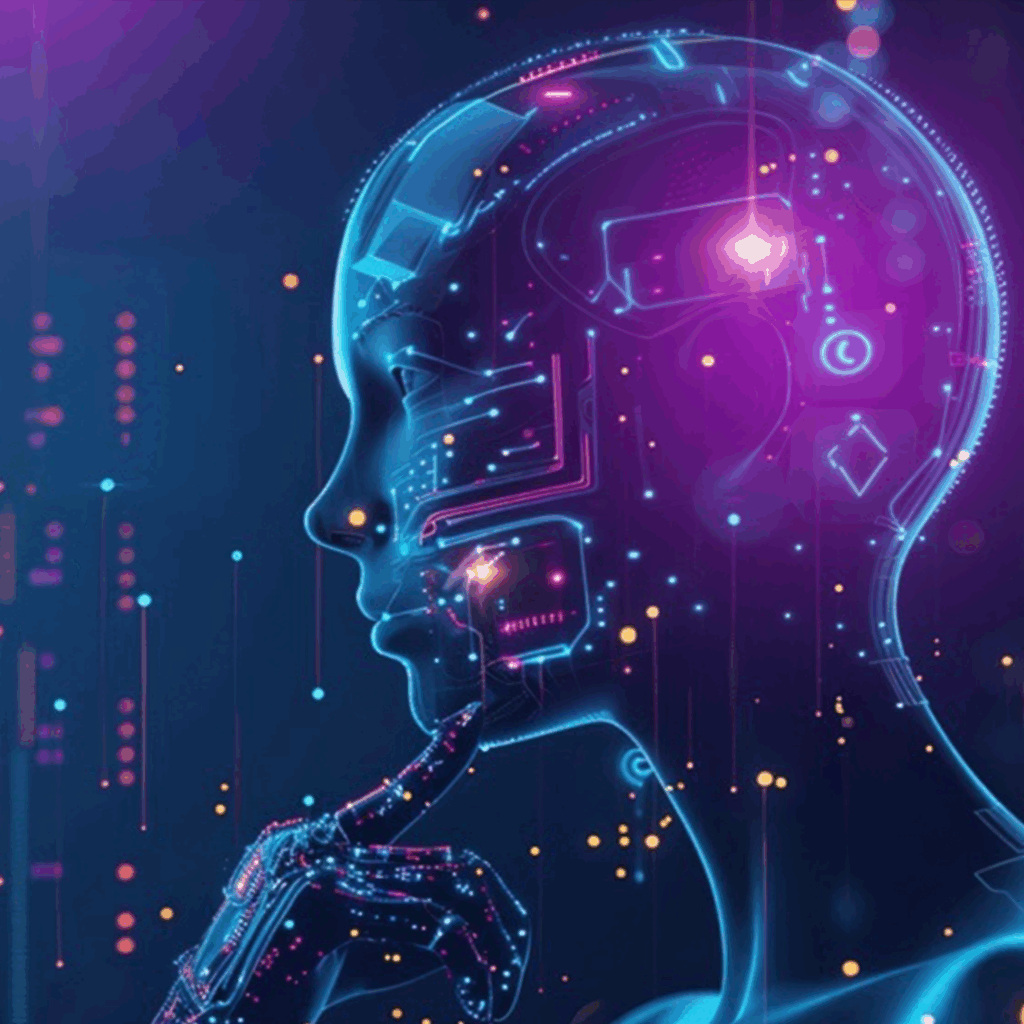
The way we engage with information is fundamentally changing and conversational and visual Discovery is at the heart of this shift, driven by AI and user demand for more intuitive, context-rich experiences. In an era shaped by AI, people are no longer satisfied with simple keyword searches. They want conversations, context, and clarity—all delivered in the format that suits them best: whether it’s voice, text, or even images.
To understand where the future of search is headed, we spoke with Shabana Badami, Head of AI Performance Solutions at Google Asia Pacific, in an exclusive conversation on how AI is redefining the discovery experience for over a billion global users.
We’re Not Replacing Search—We’re Reimagining It
“There’s a misconception that AI is here to replace search,” Shabana shares. “But in reality, it’s about how search evolves.”
The core need remains unchanged—users still want reliable, accurate information. What’s shifting is how we access it.
Instead of typing a few keywords into a search box, users now ask complex questions and expect nuanced, highly relevant answers. That’s where conversational AI and multimodal search step in.
The Three Pillars of Google’s Future-Forward AI Strategy
Shabana outlines Google’s strategic focus in shaping the future of information access—grounded in quality, innovation, and responsibility.
1. Quality Over Quantity: Elevating AI-Generated Content
With generative AI able to produce enormous volumes of content, Google’s North Star is clear: accuracy, trust, and helpfulness are non-negotiable.
Shabana emphasizes: “Yes, AI can generate content—but is it good content?”
By doubling down on content quality, Google ensures that AI-generated answers meet the high standards users have come to expect from the platform.
2. New Experiences, Powered by Innovation
Google is building entirely new ways for people to explore and interact with information. From AI Overviews that synthesize complex topics into digestible insights, to Lens and Circle to Search, users now engage with search in ways that are:
- Conversational – Ask layered, natural language questions
- Visual – Use your camera to search the world around you
- Multimodal – Combine voice, text, and images in a single query
📌 AI Overviews are now live in over 100 countries and multiple languages, reaching 1 billion+ users each month.
📌 Google Lens—the fastest growing search method—is resonating deeply with younger demographics, who prefer visual and interactive experiences.
3. Responsible AI: At the Core of Every Innovation
Technology doesn’t matter if it isn’t built ethically.
Shabana reinforces Google’s commitment to developing AI that is:
- Private by design
- Fair and unbiased
- Empowering to everyone—not just the digitally fluent
“It’s about ensuring this technology empowers everyone—not just a select few.”
By embedding responsibility into the product DNA, Google is setting a standard for scalable, ethical AI adoption across global markets.
The Future is Conversational, Intuitive, and Human-Centered
As Shabana puts it:
“We’re not replacing the old—we’re creating the future of discovery.”
The future of search isn’t a tool. It’s an experience.
It’s one where you ask a question—however complex—and get a response that understands you, your intent, and your context.
This evolution marks a major leap in Conversational and Visual Discovery, turning search into an experience that feels more human than ever before. With AI seamlessly integrated into everyday moments—from your camera to your voice assistant—Google is leading the charge into the next era of information access.
Watch the full conversation: https://www.linkedin.com/feed/update/urn:li:activity:7317698200071454720
Dive deeper into this exclusive discussion with Shabana Badami on how Google is reshaping the global search experience.
👉 Stay tuned for Part 2: “Precision Meets Relevance – Unlocking the Power of Personalization in the Age of AI.”



















